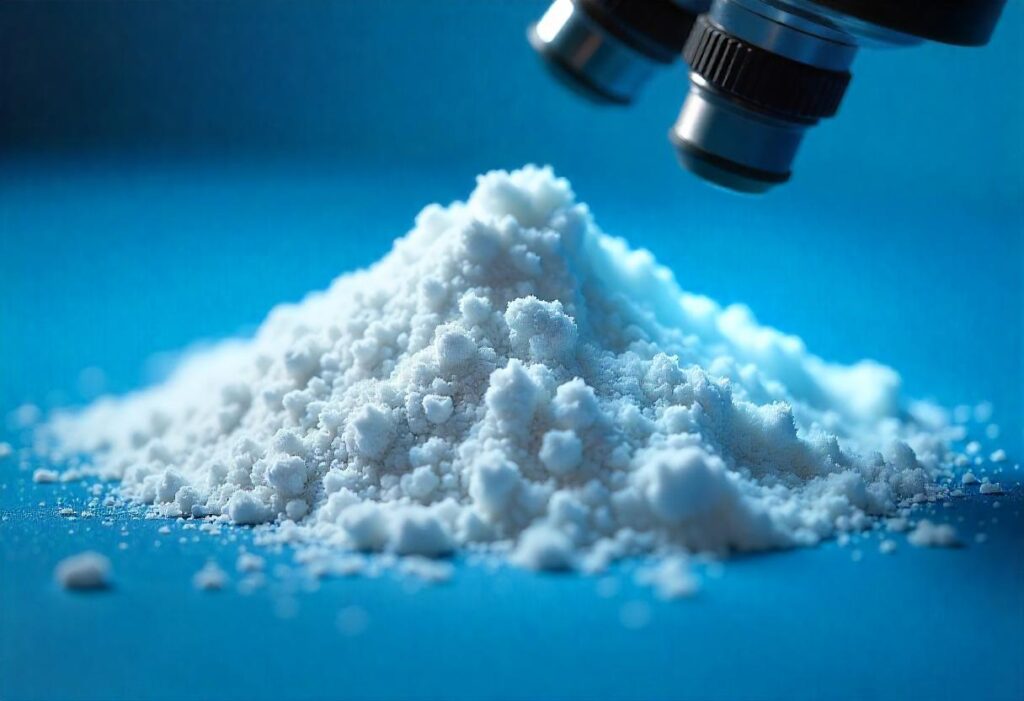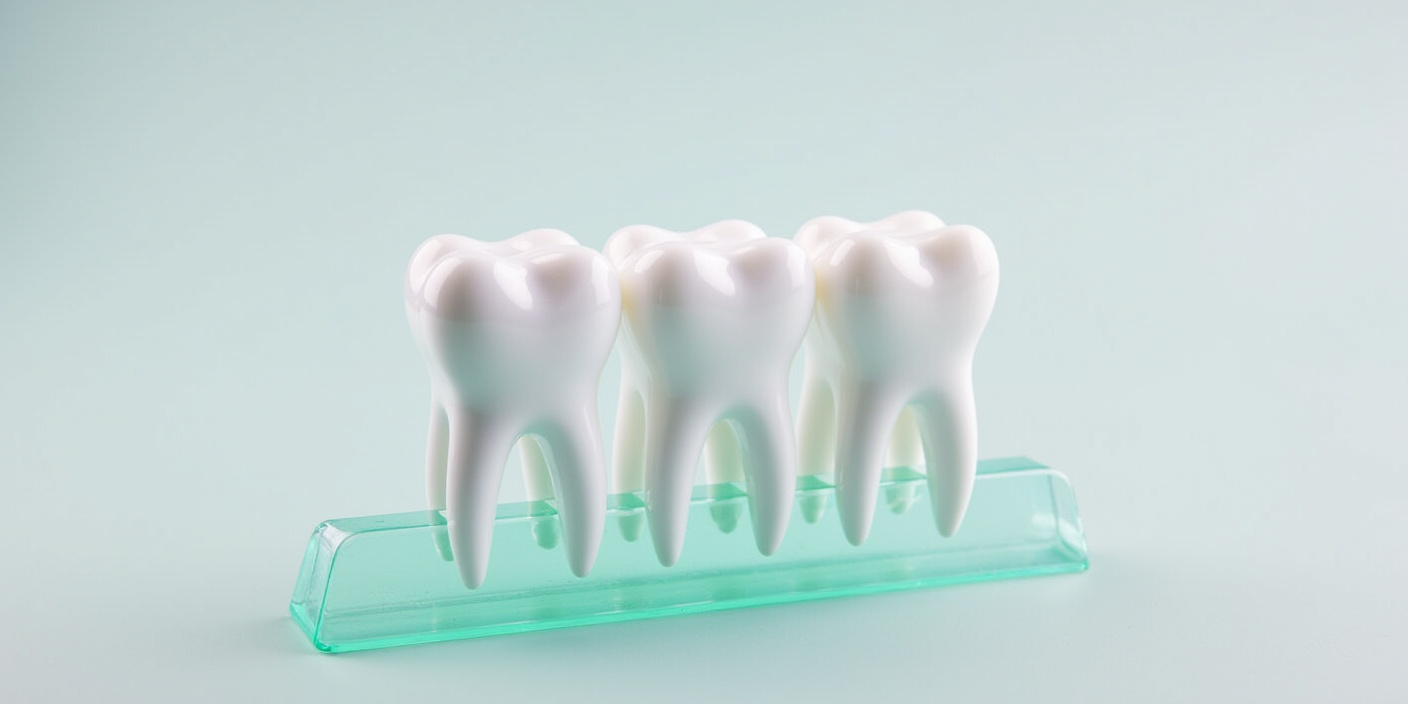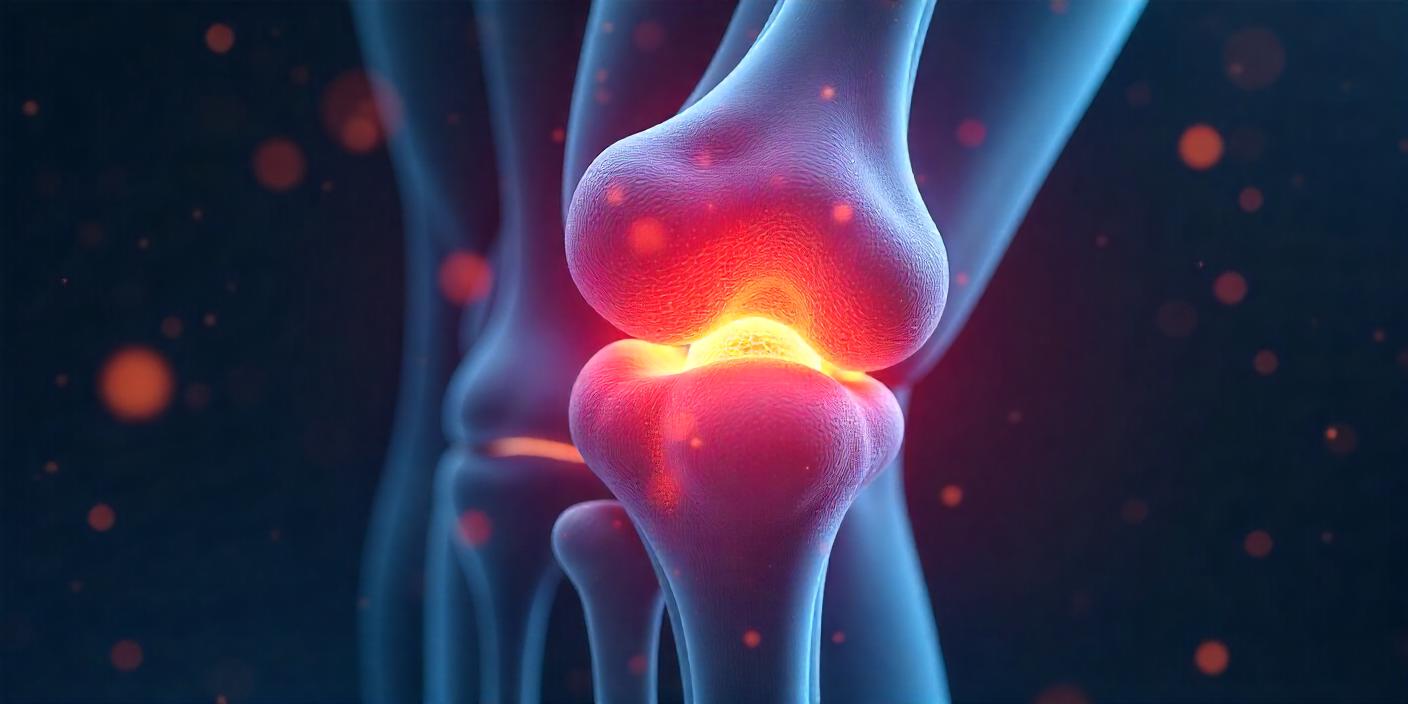The dermis, located beneath the epidermis, is a critical layer of the skin composed primarily of the extracellular matrix (ECM) and fibroblasts. The ECM provides structural support and is mainly composed of collagen, elastin fibers, glycosaminoglycans (GAGs), and proteoglycans (PGs). Fibroblasts are responsible for producing and maintaining this matrix, which plays a significant role in the skin’s strength and elasticity. The reduction in the functional components of the dermis contributes to visible signs of aging, such as wrinkles, sagging, and reduced elasticity. However, various anti-aging interventions, including topical treatments, energy-based procedures (e.g., lasers, radiofrequency), and dermal fillers, have been developed to restore some of the molecular features of youthful skin.
MECHANISM OF DERMAL AGING
The process by which the skin changes to produce obvious ageing symptoms including wrinkles, sagging, thinning, and uneven texture is known as dermal ageing. The main causes of these alterations in the structure and function of the skin are internal (biological) and external (environmental) influences. An important factor in ageing is the dermis, which is the layer that lies beneath the outer epidermis. An outline of the processes underlying dermal ageing is provided below:
1. Collagen Breakdown
- Collagen Degradation: Collagen, the primary structural protein in the dermis, provides skin firmness and strength, but degrades over time, leading to drooping and wrinkles.
2. Elastin Loss
- Damage in Elastin Fibres: The dermal elastin fibres allow skin elasticity and shape recovery. Aging reduces elastin production and damages existing fibres, leading to loss of firmness and sagging, particularly under the eyes and around the jawline.
3. Decreased Hyaluronic Acid (HA) Levels
- Hyaluronic Acid: HA, a naturally occurring dermis substance, maintains skin hydration, plumpness, and volume. As we age, production declines, leading to drier, thinner skin, fine lines, and wrinkles.
4. Oxidative Stress and Inflammation
- Free Radical Damage: Reactive oxygen species (ROS) damage DNA, proteins, and lipids in cells, arising from UV radiation, pollution, smoking, and metabolism. Aging decreases the skin’s ability to combat ROS, leading to oxidative stress, collagen and elastin degradation, and promoting wrinkles and sagging skin.
5. UV Radiation and Photoaging
- UV Damage (Photoaging): Skin aging is accelerated by exposure to ultraviolet (UV) radiation from tanning beds or the sun. UV rays cause inflammation, oxidative stress, and DNA damage when they penetrate the skin. Additionally, MMP activity, which breaks down collagen and elastin fibers, is increased by UV exposure. Wrinkles, pigmentation changes (sunspots), and rough skin texture are signs of premature aging.
Antiaging agents:
The two main groups of agents used against antiaging —antioxidants and cell regulators—play distinct yet complementary roles in improving skin health and minimizing signs of aging.
1.Antioxidants:
These agents help combat oxidative stress in the skin by neutralizing free radicals (FR), which are unstable molecules that damage collagen and other cellular structures.By reducing oxidative damage, antioxidants prevent the breakdown of collagen, a protein crucial for maintaining skin elasticity and firmness.
Examples:
- Vitamins: Vitamin C (ascorbic acid) and Vitamin E are common antioxidants in skincare. Vitamin C promotes collagen synthesis, while Vitamin E protects the skin from UV-induced damage.
- Polyphenols: These compounds, found in green tea and other plant-based sources, have potent antioxidant properties. They help reduce the effects of UV radiation and inflammation on the skin.
- Flavonoids: These are another class of antioxidants found in various fruits and vegetables, providing additional protection against collagen degradation.

2.Cell Regulators:
Cell regulators have a direct impact on collagen production and metabolism. They work to promote the renewal of skin cells, stimulate collagen synthesis, and maintain skin structure. These agents influence the skin’s cellular processes, such as increasing the production of collagen fibers or encouraging the turnover of old, damaged skin cells.
Examples:
- Retinols: Retinoids, such as retinol, are derivatives of Vitamin A that accelerate cell turnover, stimulate collagen production, and reduce the appearance of fine lines and wrinkles. (7,8,9)
- Peptides: These small protein chains signal cells to produce more collagen and elastin, helping to improve skin texture and elasticity.
- Growth Factors (GF): Growth factors, such as epidermal growth factor (EGF) and fibroblast growth factor (FGF), play an essential role in the skin’s healing and regeneration processes, enhancing collagen synthesis and tissue repair.
Bioactive glass in Anti-aging:
Bioactive glass, composed of inorganic oxides such as SiO₂ (silicon dioxide), CaO (calcium
oxide), Na₂O (sodium oxide), and P₂O₅ (phosphorus pentoxide), is known for its unique
ability to interact with biological systems. Its bioactivity allows it to react with aqueous
solutions (such as human perspiration, humidity, or body fluids) and elicit a range of
beneficial biological effects. These effects make bioactive glass particularly valuable for
various cosmetic and dermatological applications. Due to their key properties such as Anti-Microbial/Antibacterial Behaviour, UV Screening, Anti-Inflammatory Action, Mineralogical Film Formation, and Therapeutic Release of Inorganic Ions, bioactive glass materials – both existing as well as new compositions – show tremendous promise for use in products that combat the underlying issues that lead to derma aging.
Conclusion
The process of dermal aging is complex and influenced by both extrinsic (environmental) and intrinsic (genetic) factors, especially lifestyle choices and UV exposure. In addition to oxidative stress, inflammation, the loss of collagen, elastin, and hyaluronic acid causes wrinkles, sagging, and thinner skin. The main goals of strategies to combat dermal aging are to increase the production of collagen, shield the skin from UV rays, improve hydration, and lessen oxidative damage by using antioxidants and other therapies.
Antioxidants and cell regulators create a synergistic effect on the skin. Antioxidants reduce oxidative damage and prevent collagen degradation, while cell regulators directly stimulate collagen production and improve overall skin structure. Combining both types of agents can lead to healthier, more youthful-looking skin.
Bioactive glass materials are poised to become major anti-aging ingredients. At SynThera, we understand dermal aging and we are leveraging our deep expertise in both biology and material sciences to develop key ingredients based on bioactive glass which can combat dermal aging. By collaborating with leading researchers and medical professionals, we strive to bridge the gap between cutting-edge biomaterials research and tangible improvements in skin health and rejuvenation.
To know more about our work in this area and how we can work with you, you can get in touch with us at info@synthera.in, as well as our social media pages on LinkedIn and Meta.







